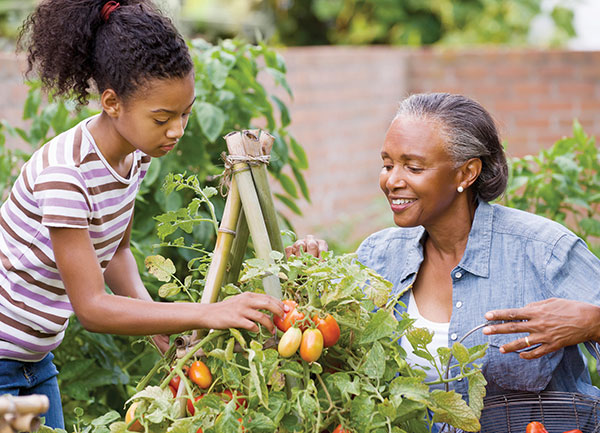A New Year, a New Sustainable You
Feb 07, 2022 02:31AM ● By Family Features
Committing to healthier living isn’t just about calories and fitness. Choosing a healthier lifestyle also means making smarter choices for the world around you, especially when it comes to eating and other daily routines.
Commit to doing your part for a healthier environment with these tips:
In and Around the Kitchen
What you eat accounts for a great deal of your environmental impact – in fact, more than one-third of global greenhouse gas emissions caused by human activity can be attributed to the way people produce, process and package food, according to a United Nations-backed study. Factors like animal agriculture, processing, packaging and transportation all influence a food product’s cost to the earth. Being conscious of where and how you shop for food can have a positive effect on the world around you. For example, by shopping local, you can reduce transportation impact. Choosing to buy in-season produce as opposed to fruits and veggies from other regions can also help.
 Consider Your Food Footprint
Consider Your Food Footprint
One simple step you can take is to check the packaging of foods you buy to understand their carbon footprint. For example, each box of Airly Oat Cloud crackers helps remove greenhouse gases from the air through an innovative farming technique that makes agriculture a solution, not a contributor, to climate change. The carbon footprint is on the back of every box, so you can see how many grams of carbon dioxide you are helping remove from the air and start rethinking the food supply chain. Sustainable doesn’t have to mean bland or expensive, however. Made with real, wholesome and 100% truly delicious ingredients, all four flavor varieties (Cheddar, Sea Salt, Chocolate and Salted Caramel) make for delicious, satisfying, convenient anytime snacks.
Plan to Start a Garden
Through the plants’ photosynthesis process, gardens can help manage carbon dioxide while increasing oxygen. Producing your own food means you’re relying less on the supply chain and you have a ready supply of fresh, nourishing food without having to leave your home. Gardens are also natural habitats and food sources to important critters like bees, which play an essential role in pollinating and sustaining the earth’s vegetation.
Eat Less Meat
For many people, creating a more balanced diet means adding more fruits and veggies while cutting back on things like meat and carbs. Diet aside, eating less meat can promote environmental health, too. Agriculture, and livestock production in particular, contributes to global warming. Livestock animals are a significant source of methane gas, which can be more detrimental than carbon dioxide to the atmosphere and is growing at a rapid pace, according to the International Panel on Climate Change. The livestock industry also affects land usage and clean water, among other environmental concerns.
Practice Upcycling
Giving new life to old things is known as upcycling. It’s a concept that keeps useful things with plenty of functional life from filling landfills. You can practice upcycling by reimagining everything from furniture to clothing. Before tossing an item, consider how it could be used differently or serve a new purpose.
Use Eco-Friendly Cleaning Products
Some cleaning products are full of chemicals that pose hazards to the environment. Green products are generally free of those harsh, smelly chemicals and often come in packaging that is more earth-friendly, too. If you make your own eco-friendly cleaners using household ingredients like baking soda, vinegar and lemon, you can also save some money.
Explore more ideas for a healthier approach to living at AirlyFoods.com.
Photos courtesy of Getty Images
